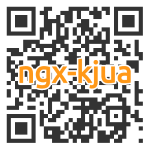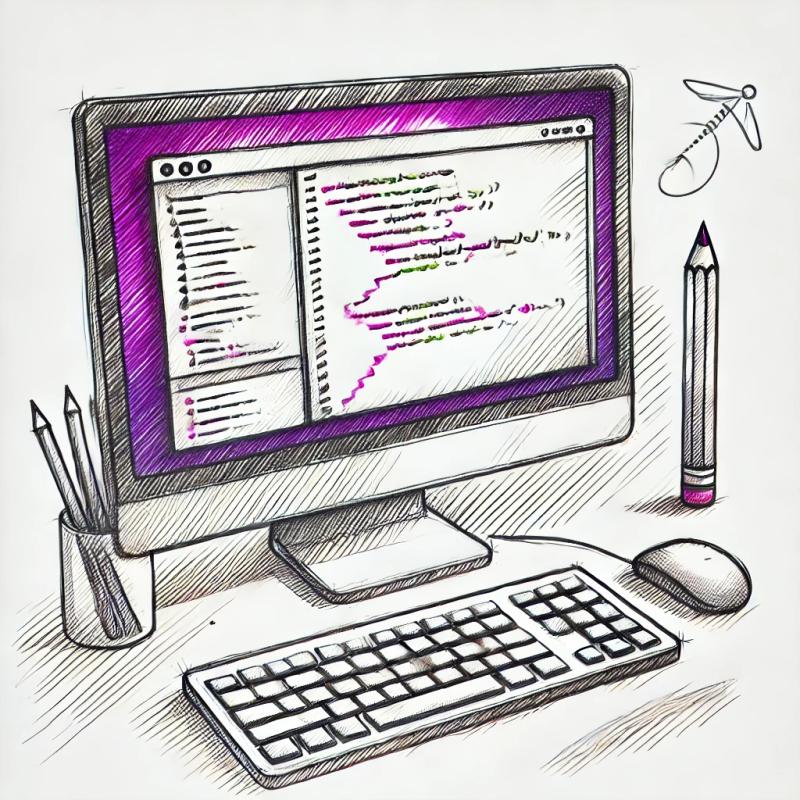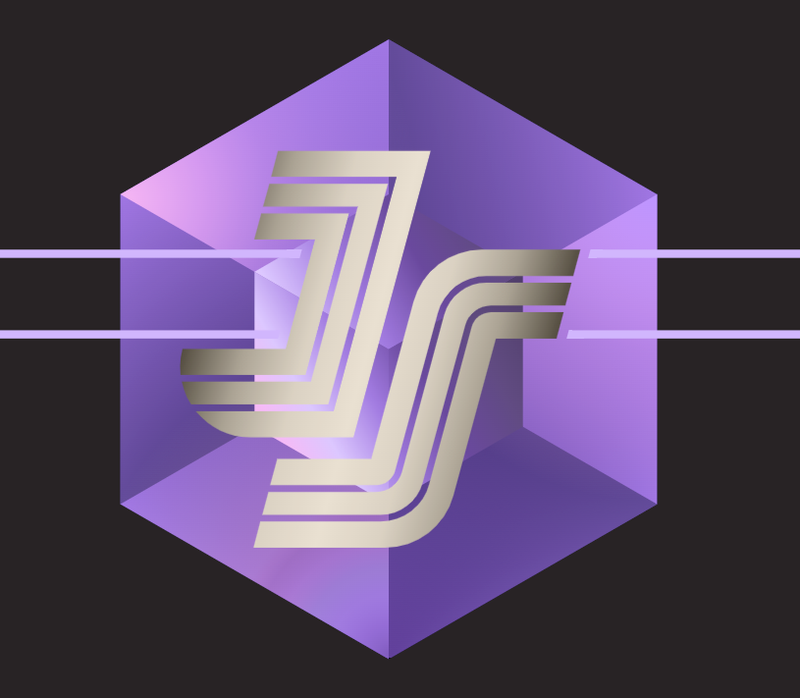



ngx-kjua
Angular QR-Code generator component.
This is basically an Angular-wrapper for kjua by Lars Jung.
Demo
StackBlitz (preview needs to be opened in new window)
StackBlitz Example with 300 codes at once (async rendering) (preview needs to be opened in new window)
Installation
To install this package, run:
npm install ngx-kjua --save
Then import it into your Angular AppModule:
import { NgModule } from '@angular/core';
import { NgxKjuaModule } from 'ngx-kjua';
@NgModule({
declarations: [ ],
imports: [
NgxKjuaModule,
],
})
export class AppModule { }
Usage
Once the package is imported, you can use it in your Angular application:
<ngx-kjua
[text]="'hello'"
[renderAsync]="false"
[render]="'image'"
[crisp]="true"
[minVersion]="1"
[ecLevel]="'H'"
[size]="400"
[ratio]="undefined"
[fill]="'#333'"
[back]="'#fff'"
[rounded]="100"
[quiet]="1"
[mode]="'plain'"
[mSize]="30"
[mPosX]="50"
[mPosY]="50"
[label]="'label text'"
[fontname]="'sans-serif'"
[fontcolor]="'#ff9818'"
[image]="undefined"
></ngx-kjua>
text encoded content (defaults to ``)renderAsync weather or not rendering is done inside "requestAnimationFrame"-call (defaults to false, use true if you want to generate more than one code (e.g. batch))render render pixel-perfect lines (defaults to true)minVersion minimum version: 1..40(defaults to 1)ecLevel error correction level: 'L', 'M', 'Q' or 'H' (defaults to L)size size in pixel (defaults to 200)fill code color (defaults to #333)back background color (defaults to #fff)rounded roundend corners in pc: 0..100 (defaults to 0)quiet quiet zone in modules (defaults to 0)mode modes: 'plain', 'label' or 'image' (defaults to plain, set label or image property if you change this)mSize label/image size in pc: 0..100 (defaults to 30)mPosX label/image pos x in pc: 0..100 (defaults to 50)mPosY label/image pos y in pc: 0..100 (defaults to 50)label additional label text (defaults to ``)fontname font for additional label text (defaults to sans-serif)fontcolor font-color for additional label text (defaults to #333)image additional image (defaults to undefined, use an HTMLImageElement)
More details can be found on larsjung.de/kjua
Async rendering
If you plan to render more than one barcode (e.g. batch-generation) I recommend using renderAsync-flag. It executes the rendering inside a "requestAnimationFrame"-call.
TODO
- Show how to generate a PDF with codes using jsPDF







